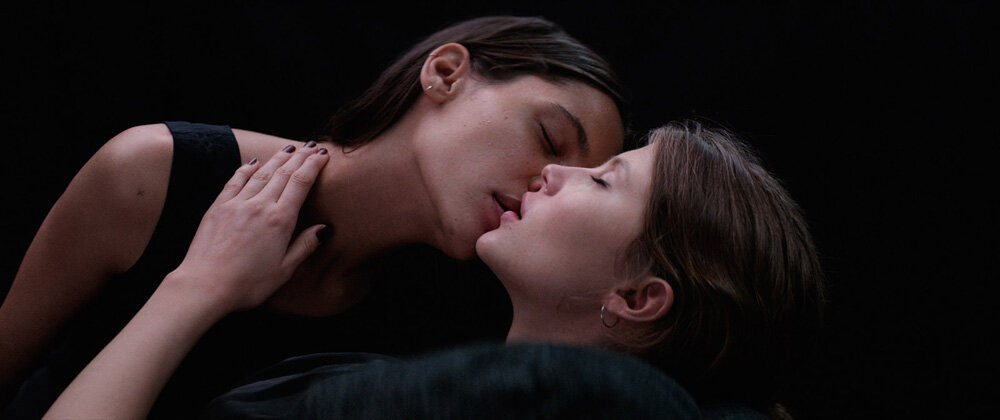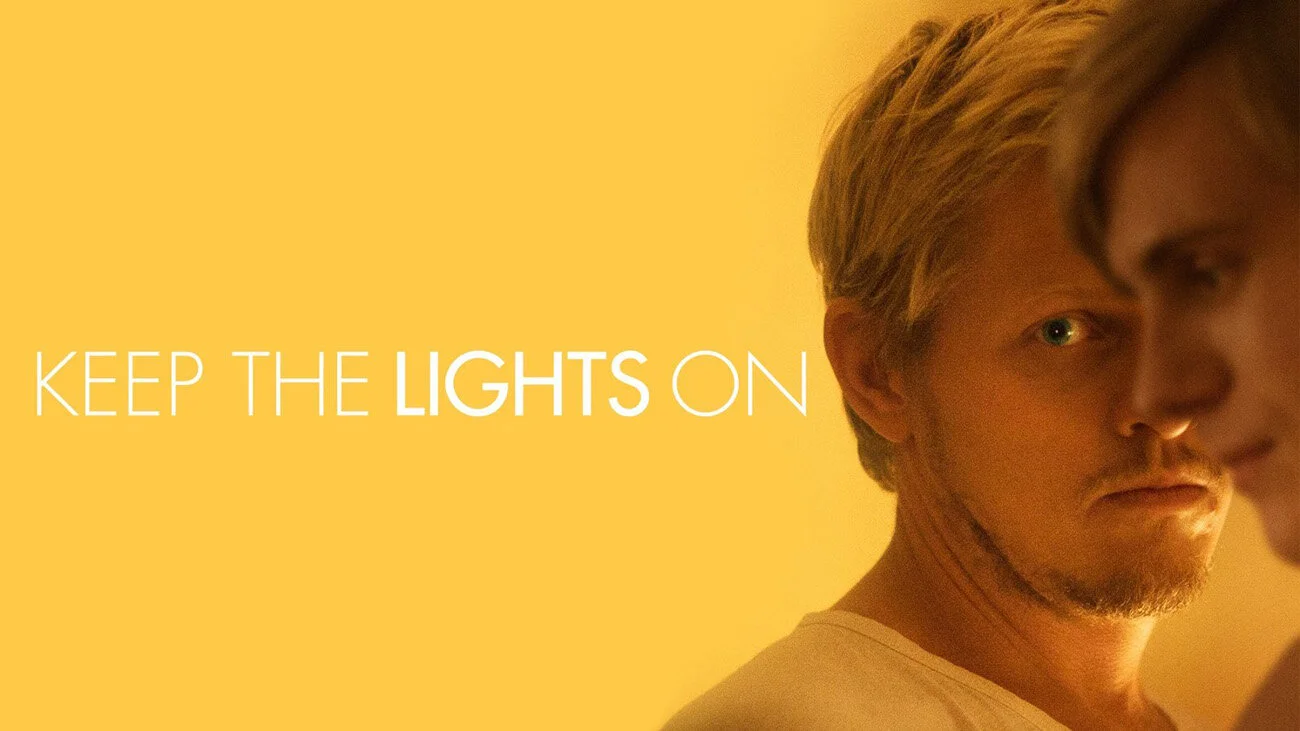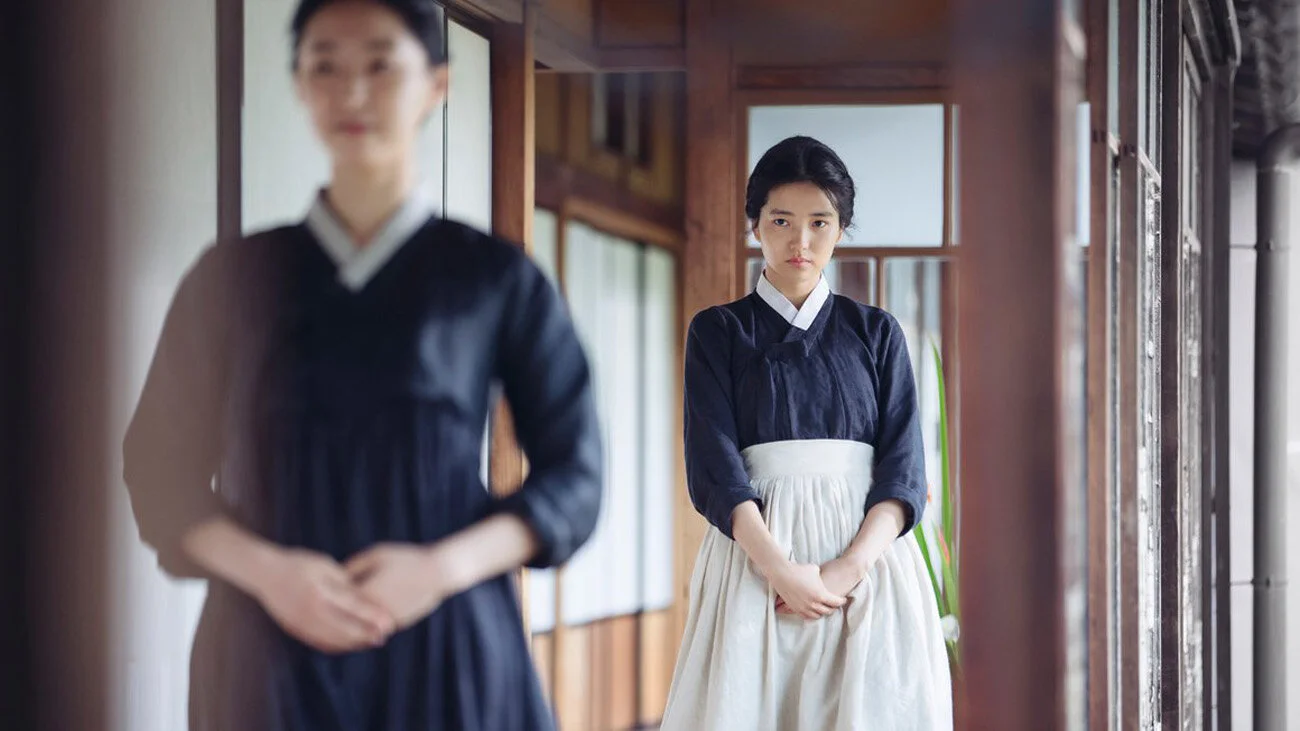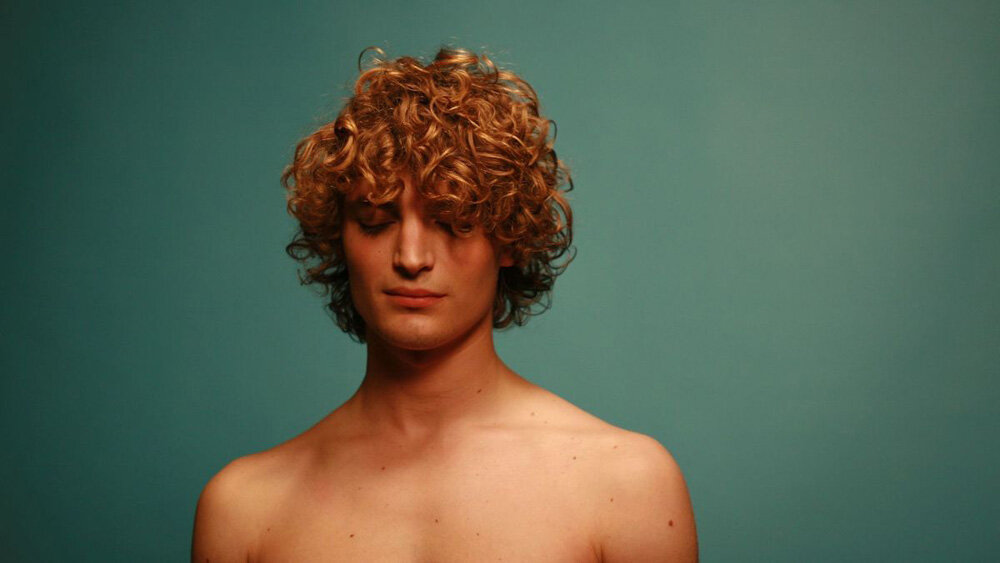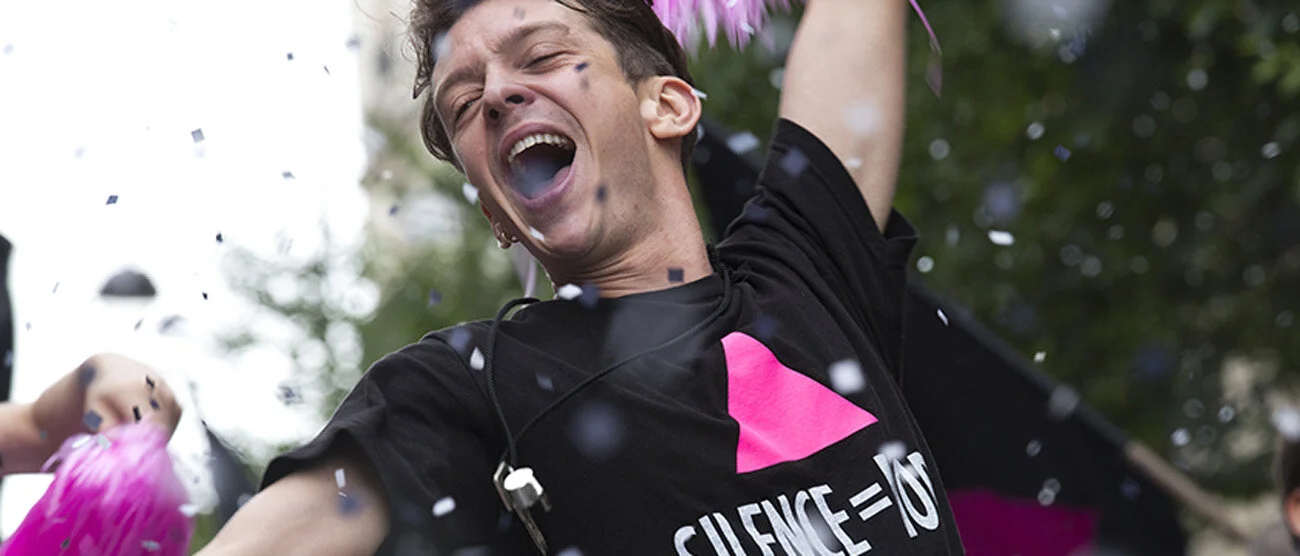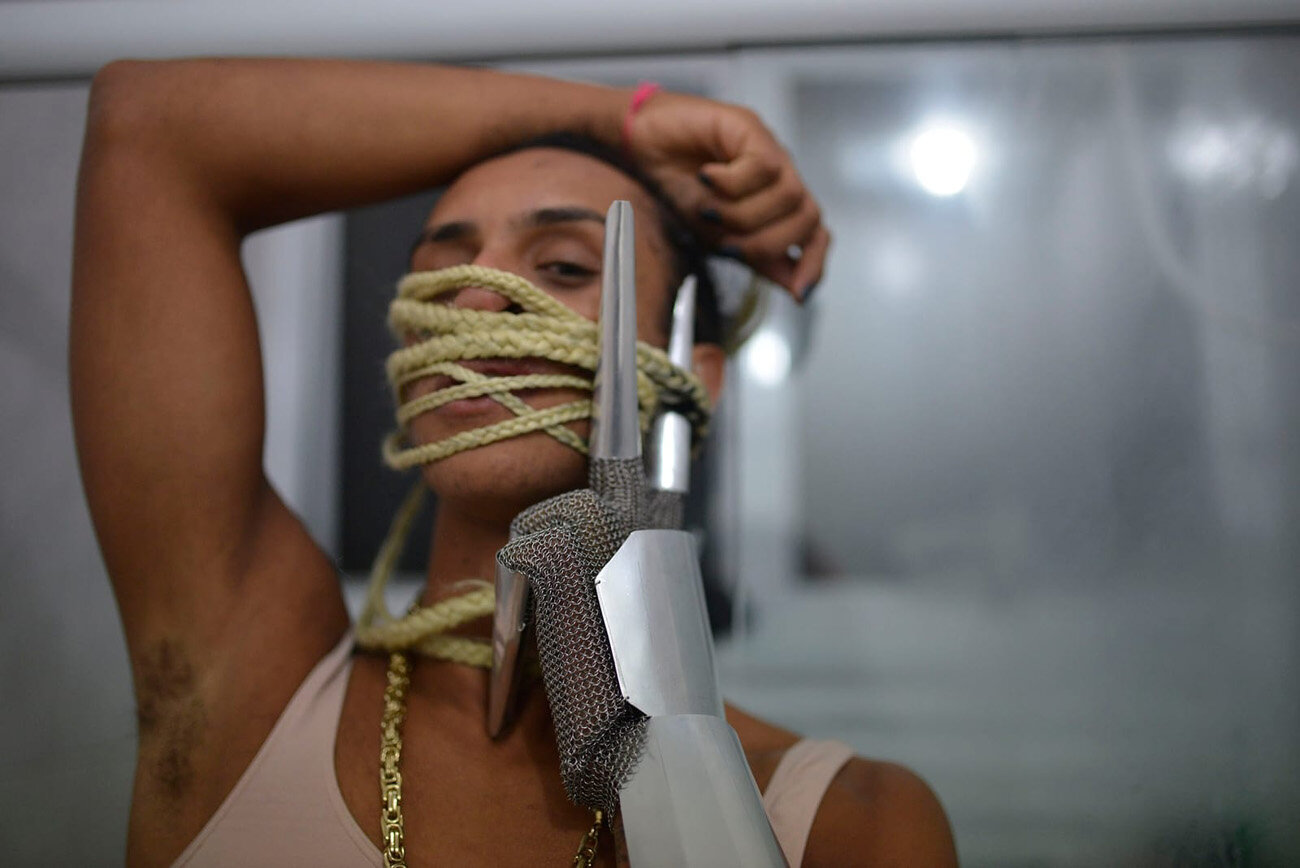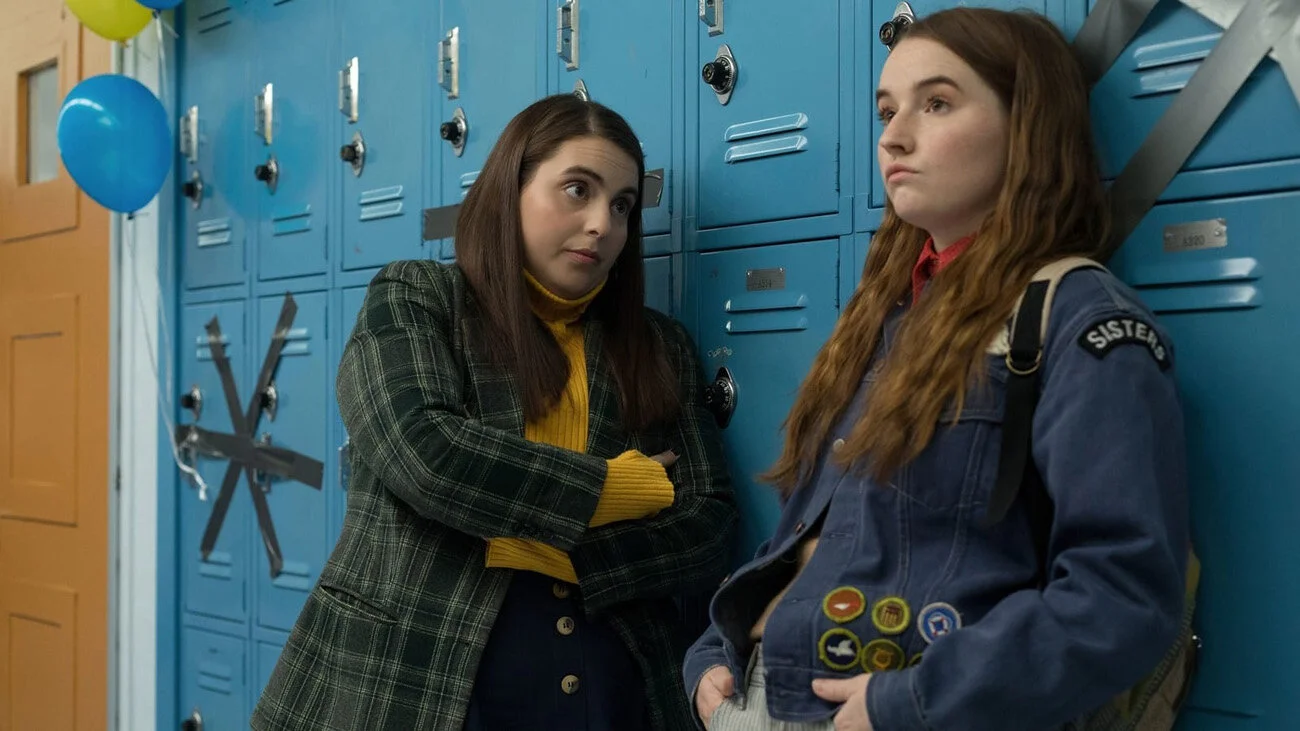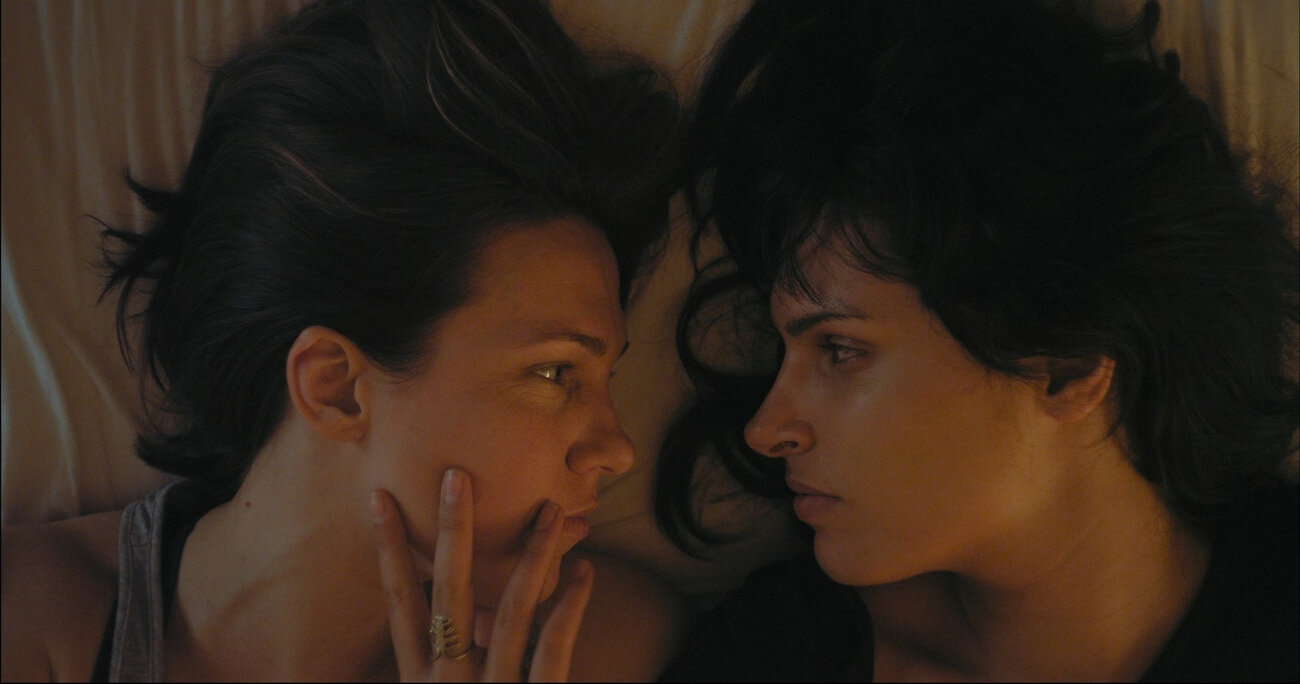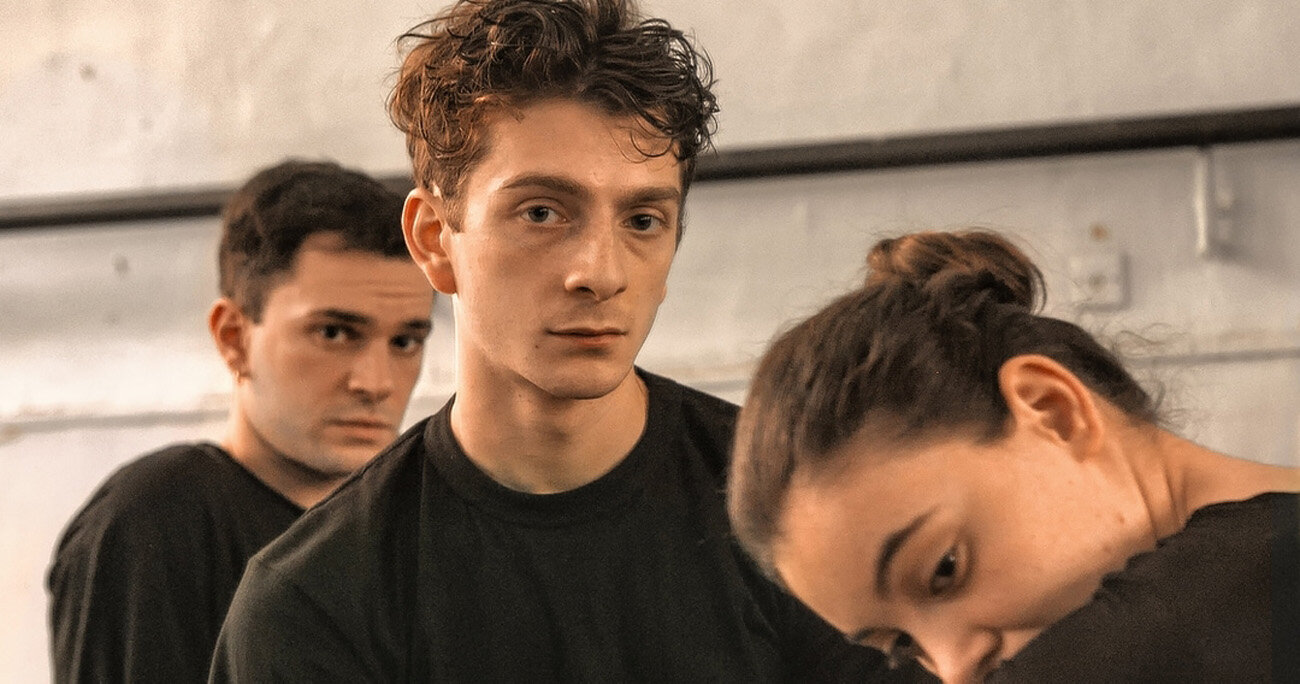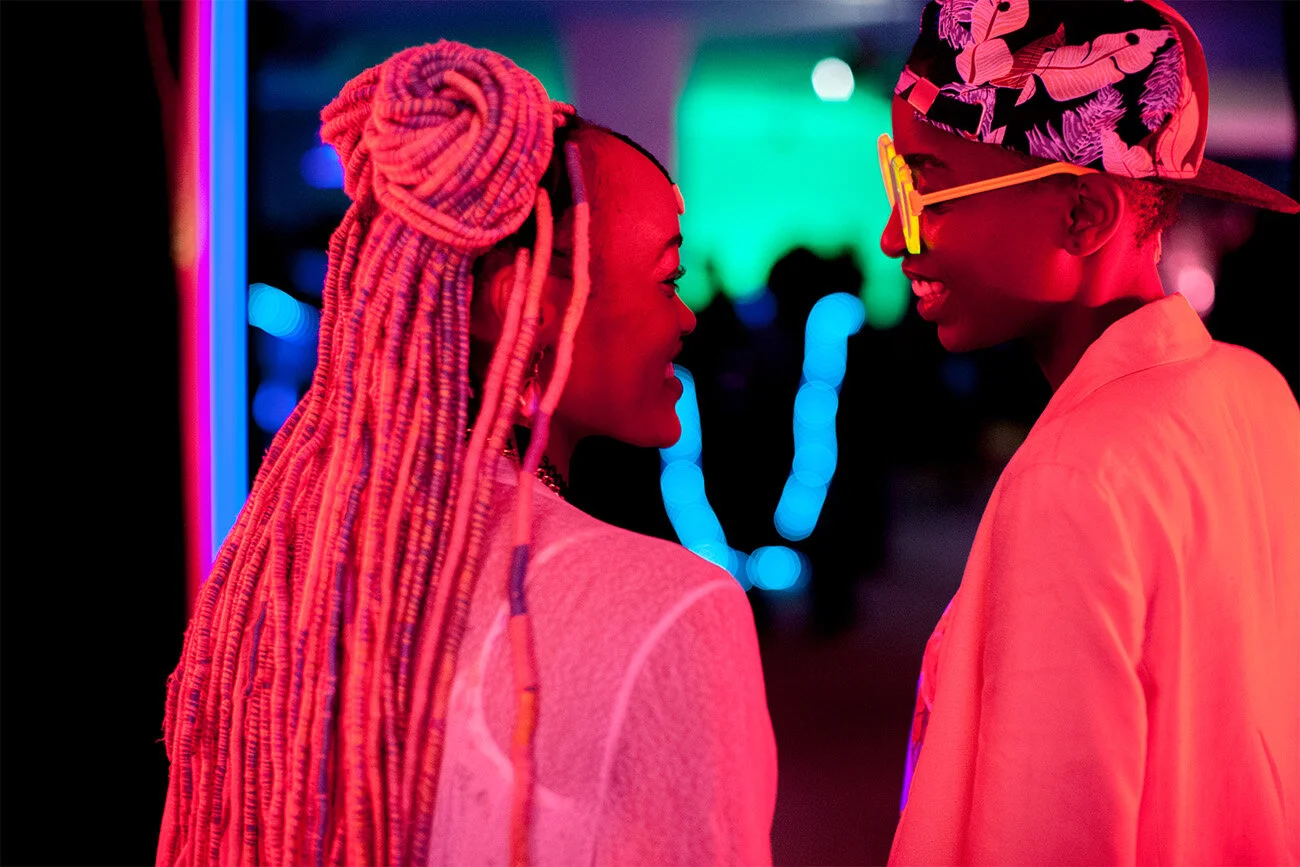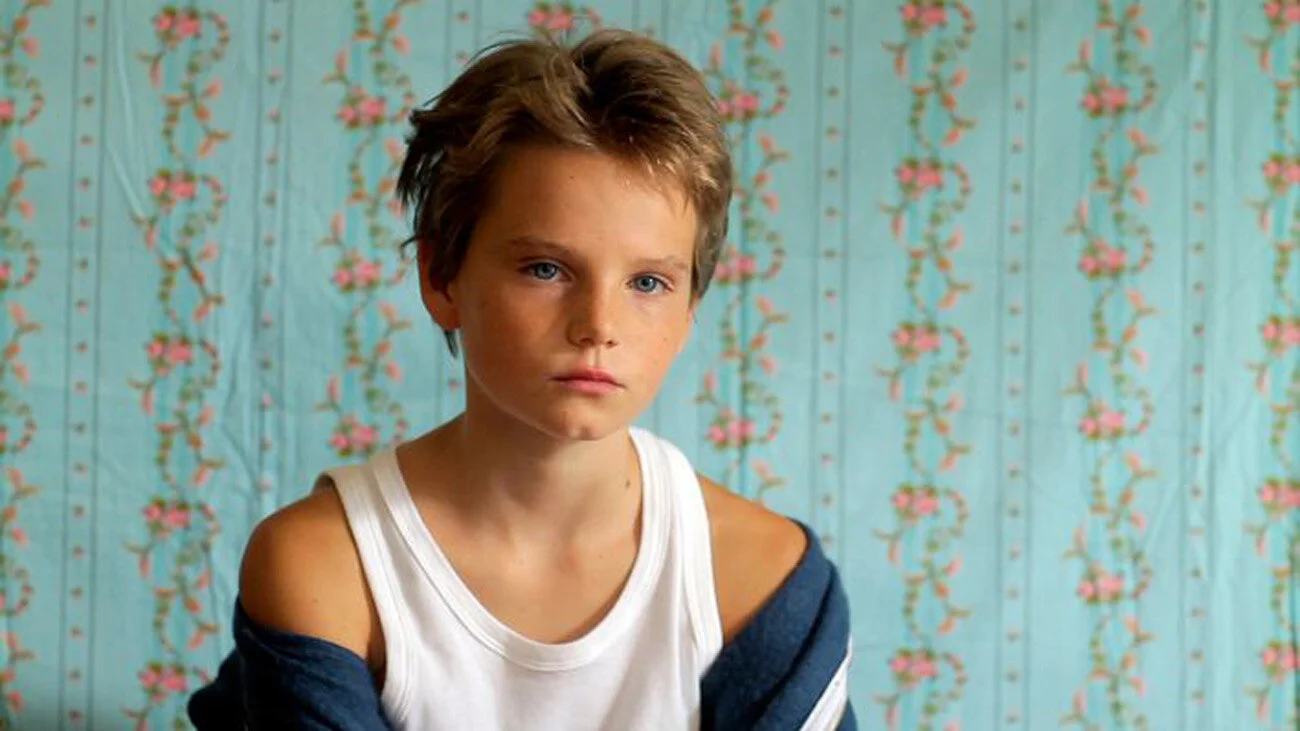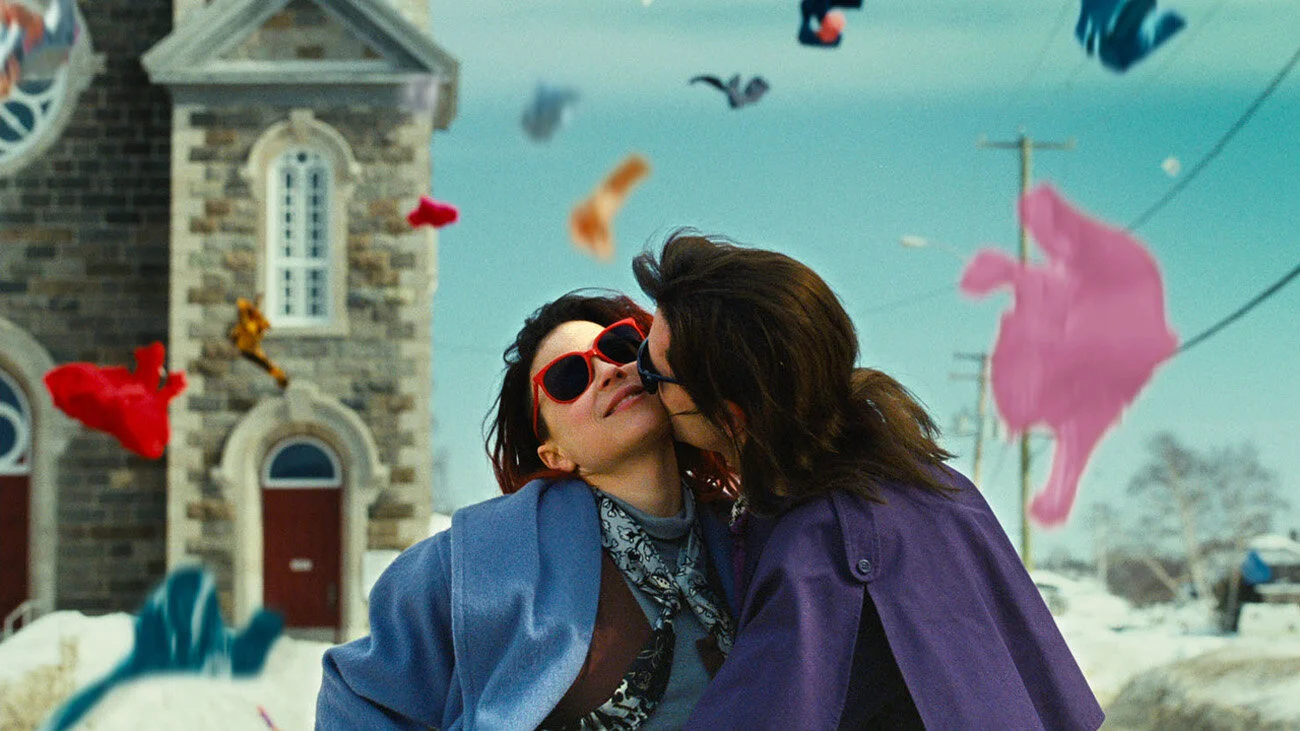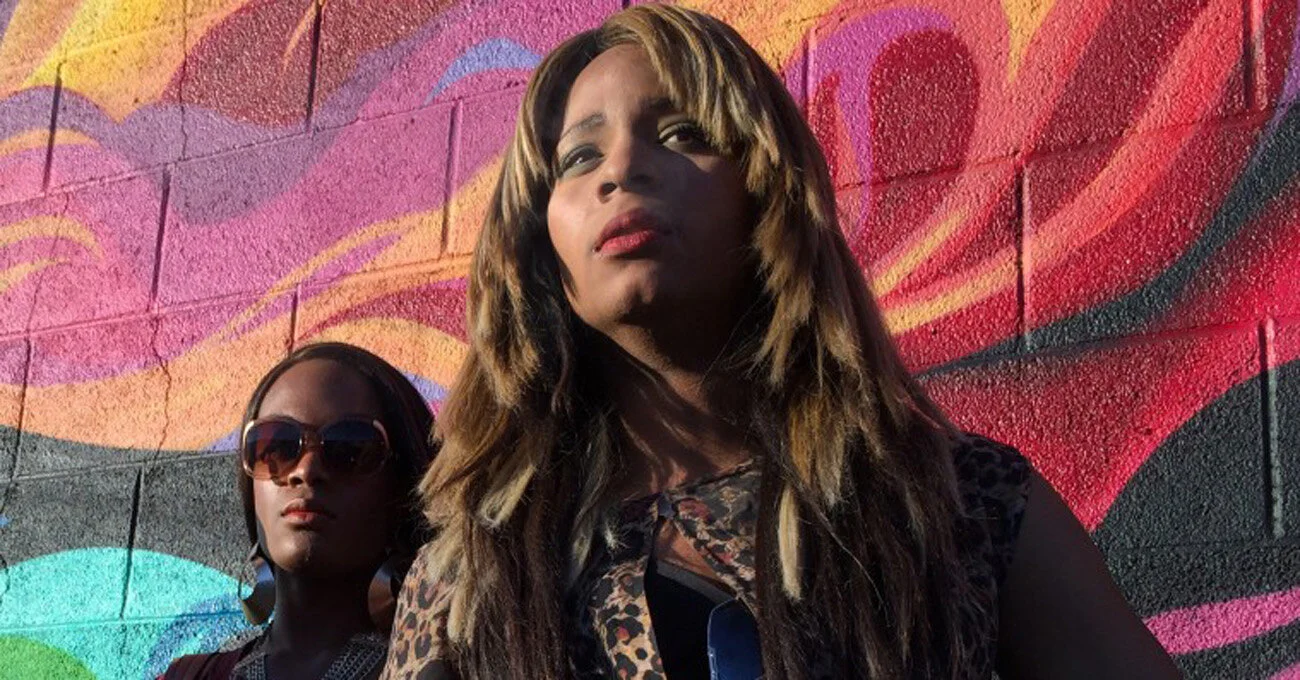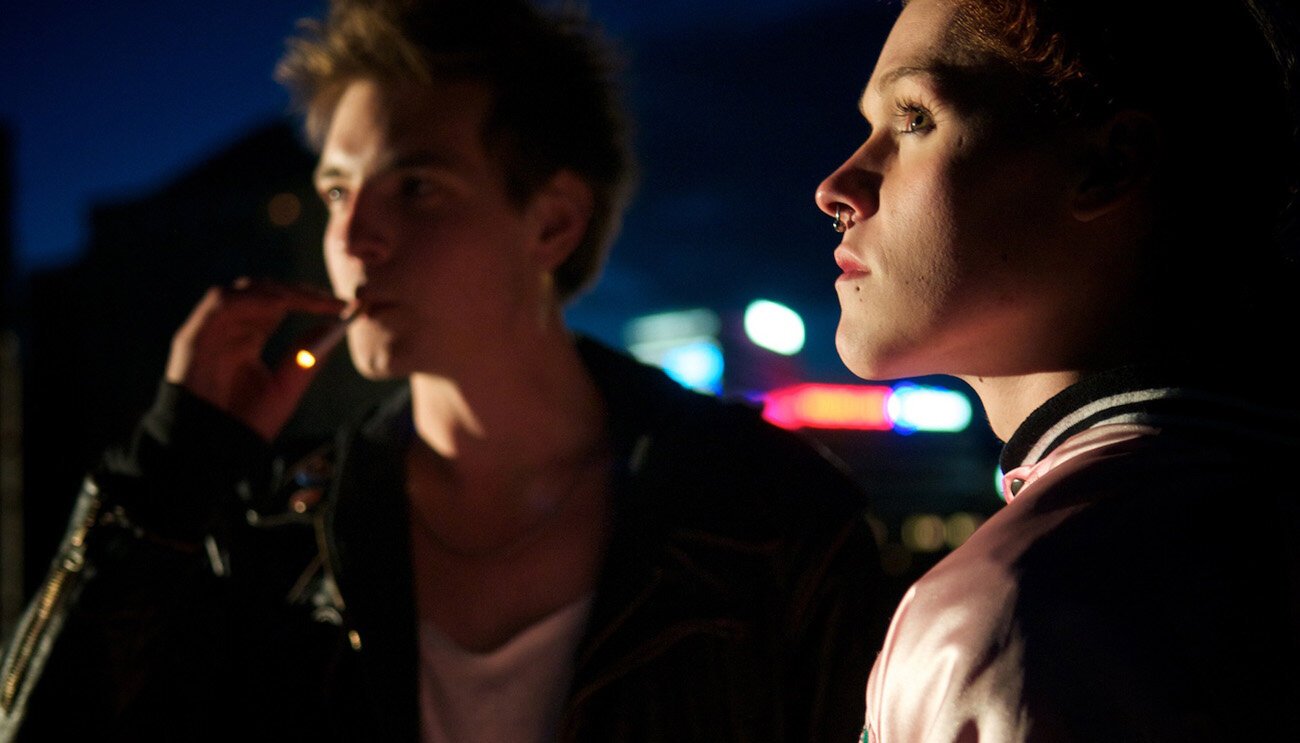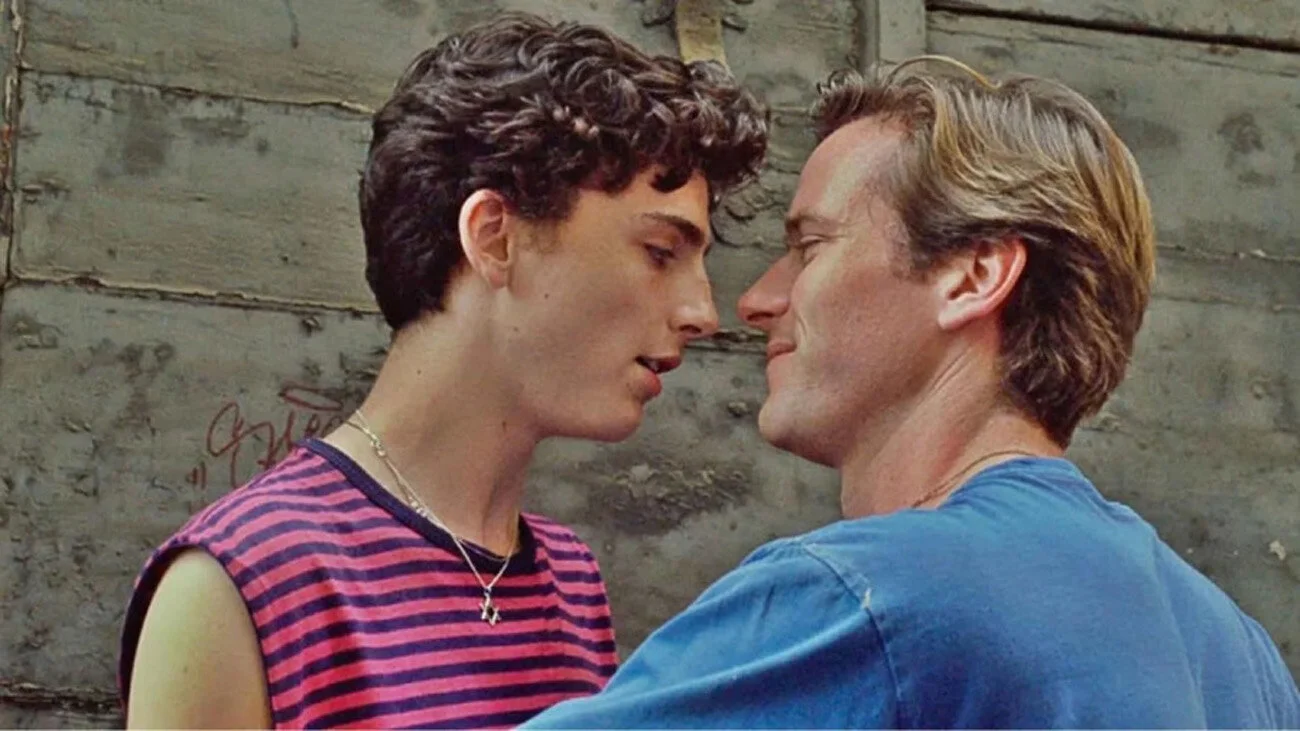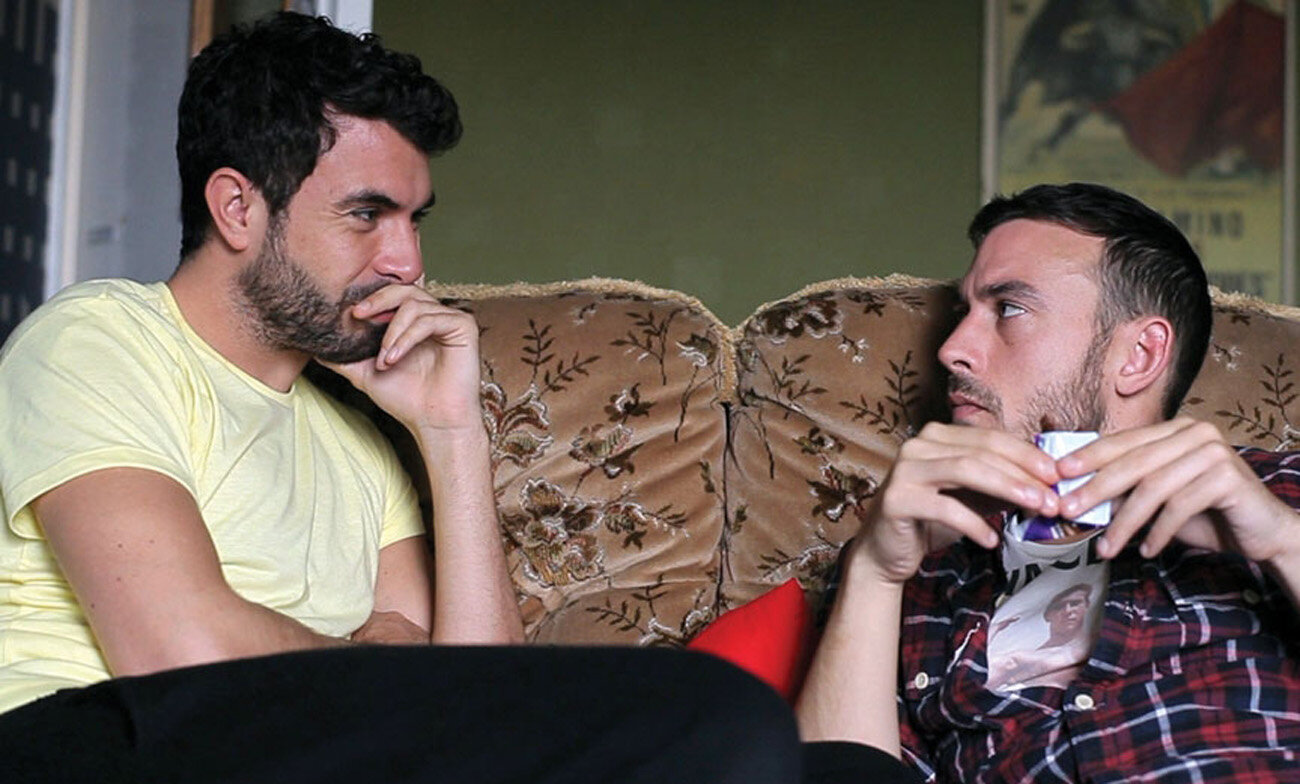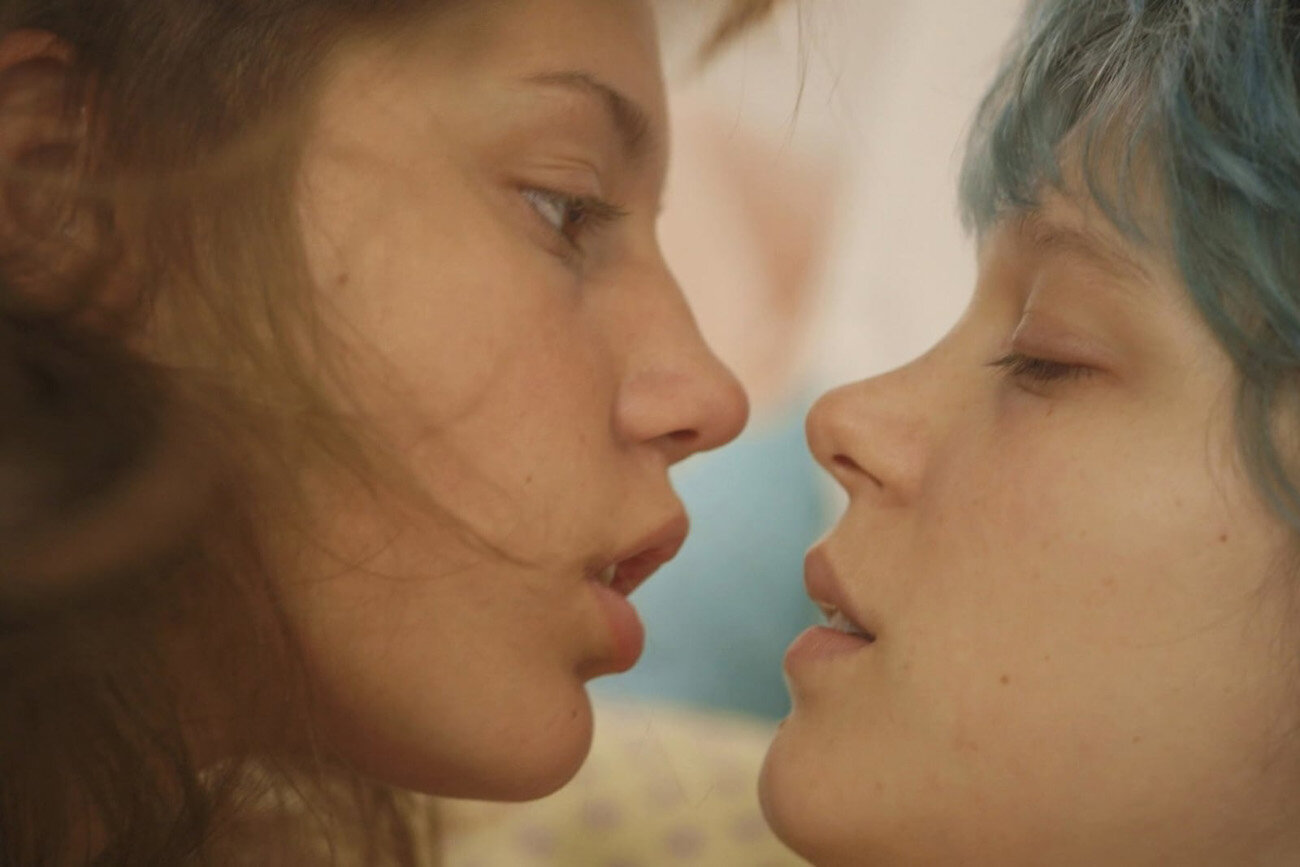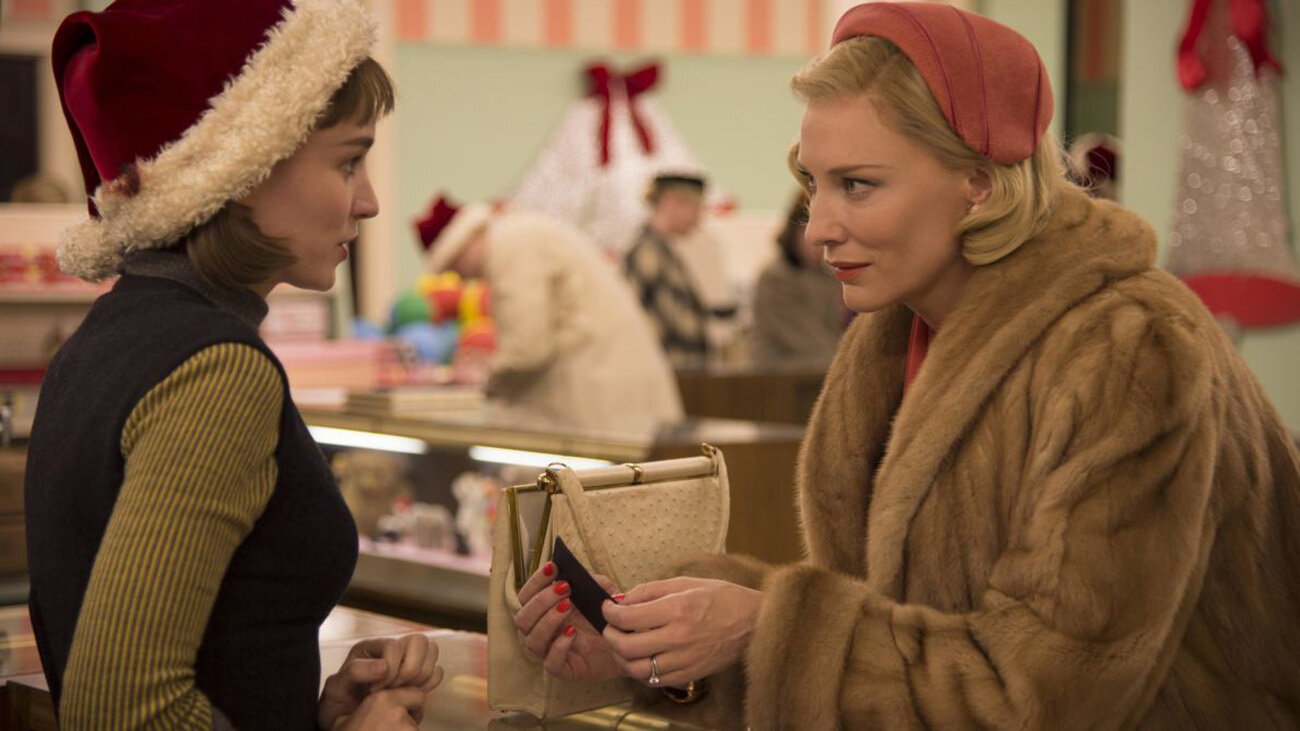MIX CPH favourite queer film from the 2010’s
It’s the end of a decade and a lot has happened in the past ten years. For queer representation in cinema and queer cinema in general, the 2010s can be seen as a transformative time.
Whereas the 1990s gave birth to New Queer Cinema, a term coined by academic B. Ruby Rich, the cinematic movement of queer independent filmmaking which presented fictional or real lives of queer people as outsiders in conventional society. The 2010s sees a shift towards a universal interest in queer cinema viewership, thanks to some of the films on this list.
Queer stories are reaching broader audiences, queer filmmakers are getting their time in the spotlight and queer actors are getting the roles that have previously been stolen from them for decades.
For MIX COPENHAGEN, the past 10 years have seen volunteers come and go. Volunteers that have worked extremely hard to curate queer film programs that represent the queer experience and broadcast the best of what queer cinema has to offer. So, we reached out to all MIXers past – at least as many as we could – and asked them to vote on their favourite films of the 2010s. From ‘Heartbeats’ to ‘Something Must Break’, here are our favourite films of the 2010s.
20.
‘Thelma’
Joachim Trier (2017)
'Thelma' is a horror version about coming out, growing up and romance. After moving away from her religious parents to study in Oslo, Thelma meets Anja and is increasingly drawn to her. As her feelings towards Anja grow stronger, Thelma begins to experience a series of seizures that release her supernatural abilities that she is not at all aware she has.
“I could write an essay on this film.' Thelma' is a game changer in queer horror. 'Thelma' does not demonize its protagonist because of her queerness, but instead accuses the real perpetrator, the religious patriarchal community. Thelma's supernatural abilities and feelings are intertwined, not because she is queer and therefore evil, but because her controlling upbringing has led to internalised homophobia and unexplored forces (metaphor for sexuality). I could have lived without Anja disappearing, as (again) racialized characters have to suffer at the expense of the journey of white characters, but racialized women are more victims of religious patriarchal society, so it seems appropriate. Have you ever been asked, "would you rather drown or be burned alive?", this is literally the choice Thelma gave her father when she killed him (a metaphor for bringing down patriarchy). Without a doubt one of my favourite death scenes in queer horror.”
— Andrea Coloma (MIX CPH 2017 - today)
19.
‘Keep The Lights On’
Ira Sachs (2012)
The winner of the 2012 Teddy Award, 'Keep The Lights On', spans from 1998 to 2008. It depicts Erik and Paul's first encounter, their lives together and beyond through the painful consequences of Paul's drug addiction on their lives. The film is autobiographical, it's the story of Sachs' relationship with Bill Clegg.
Similar to ‘Weekend’ (another film on this list) and ‘Pariah’ (unfortunately not on this list), ‘Keep the Lights On’ operates with poetic realism that makes the film feel fresh and culturally specific. Relying extensively on natural light, the cinematographer, Thimios Bakatakis, captures to perfection, like a portrait, the contemporary life of New York City, at least for the time.
18.
‘The Handmaiden’
Park Chan-Wook (2016)
In Japanese-occupied Korea, Sook-Hee's life is turned upside down when she is recruited by a count to trick Lady Heiko and her upper-class family. What ends up unfolding is an erotic psycho-thriller with lesbian sex and romance at its core.
Cunning behaviour as seen in ‘The Handmaiden’ is a signature trait of Park Chan-Wook’s work. So, it was no surprise that he decided to take on an interpretation of Fingersmith by Sarah Waters and deliver the perfect blend of devious behaviour, sex, and queerness.
"This is such a fun puzzle game of a movie, peeling off layer after layer of metaphors and allegories. In the same boat with 'The Favourite', you get complicated female characters who explore their needs by harnessing the tradition of male sexuality while making fun of it. It stays true to the original novel by Sarah Waters, but it adds with cinematography a style that is so much more visually interesting to see than the first film adaptation."
— Mihaela Yordanova (MIX CPH 2019 - today)
17.
‘Heartbeats’
Xavier Dolan (2010)
A year after his first feature film 'I Killed My Mother', Dolan appeared with 'Hearbeats' which he wrote, directed, cut, and if that wasn't enough, he was also art director and costume designer, all of this at the age of just 21. 'Heartbeats' introduces us to Francis, a young gay man, and Marie, a young heterosexual woman who is best friends until the day the beautiful Nicolas walks into a Montreal coffee shop, and they're not going to stop until Nicolas notices one of them.
The original title in French ‘Les Amours Imaginaires’ is truer to the story; a story of unrequited love, love that only exists in the imagination, a longing for something that does not exist. ‘Heartbeats’ is the brilliant portrait of young obsession and fantasy, where regardless of the object of attraction, stories were being created in the minds of the infatuated.
"Heartbeats is a tale of two people of different sexes who fall in love with the same person and their competition among themselves to win his favor and their attempts to find out if he is straight or gay. But with the line "How could you think I was gay?" as the only clue, we as an audience never find out which "box" he belongs in– maybe he's bi, maybe he's pansexual? The beauty of the film is that it doesn't matter to love at all, but it's far too late for the two suitors."
— Steven Andersen (MIX CPH 2010 - 2014)
16.
‘120 Beats Per Minutes’
Robin Campillo (2017)
'120 Beats Per Minute' is about ACT UP in the early 1990s in Paris. The framework is filled with love for the environment, discussions, protests and sex. The personal is political, which is at the heart of this film that creates the perfect love letter to the ACT UP movement in Paris, as well as Campillo's urgent call protest and queer resistance.
The film won six César Awards and the Grand Prix award at Cannes. After decades of thoughtful films about HIV, ‘120 Beats Per Minute’ is revolutionary because it portrays men with AIDS and vital and sexual beings that refuse to give up. The film’s determination to bring its characters to love is as radical and passionate as the subjects themselves.
15.
‘Tranny Fag’
Kiko Goifman and Claudia Priscilla (2018)
The winner of the Teddy Award for Best Documentary, 'Tranny Fag', is part concert film, part snapshot and partial manifesto. The film presents Linn Da Quebrada, an activist, performance artist and self-proclaimed "Bixa Travesty", a term she herself has minted, which translates to "Tranny Fag". She wants audiences to reassess all notions of gender, race and sexuality.
Linn is an outspoken advocate for Black gender and sexual minorities from Brazil’s favelas. Through songs and spoken words, Linn encourages, no dares us, to tear apart and burn down a system made by and for white straight males. Linn describes her gender, body, race, and existence as a political instrument, one that she is ready to use to burn down white cis-heteropatriarchy.
‘Tranny Fag’ is a vigorous documentary, which presents Linn at home cooking with her mom, in hospital rooms dancing naked for her friend while fighting testicular cancer, and on stages breaking down norms with and for her audience. The filmmakers and Linn are uninterested in making audiences comfortable with the images and ideas presented – what more can we ask from queer cinema?
14.
‘Booksmart’
Olivia Wilde (2019)
Olivia Wilde's amusing feature film debut centers around two best friends and academic superstars, Molly and Amy, who, the night after their high school graduation, realize they should have worked less and partied more. Determined not to lag behind their schoolmates, the girls try to squeeze in four years of fun in one night. 'Booksmart' is a celebration of female friendship and its complexities, with lesbian tales in the driver's seat.
‘Booksmart’ does not gender-swap, instead, it is specific to female experiences, thanks to the four women who wrote the film: Emily Halpern, Sarah Haskins, Susanna Fogel, and Katie Silberman. These women filled the film with honest and free dialogue on lesbian sex and female masturbation.
Amy is an out lesbian and she wants to have sex before high school ends. Molly and Amy are supportive of each other in everything and figuring out how lesbian sex works is no exception. From theorizing that it’s masturbation with a flipped hand to getting empirical data by watching lesbian porn, Amy’s experience learning the ways around sex is not only very real but something never illustrated in a teen sex comedy before.
The most important, laughable, and cringe-worthy scene of ‘Booksmart’ comes with the film’s one and only sex scene between Amy and Hope. Amy struggles to take Hope’s pants, shoes, and underwear off. The sex scene is crammed with excitement, nervousness and most of all comedy that will make you want to laugh and cry because we’ve all been there.
Recently, Delta Airlines came under fire when it was revealed that they were screening a version of ‘Booksmart’ that omitted the lesbian sex scene, a female masturbation scene, the words “vagina” and “genitals” and an animated sequence in which the two main characters turn into naked dolls. However, the word “fuck” was not cut from the scene in which “vagina” was muted. Wilde took to Twitter and wrote, “What message is this sending to viewers and especially to women?” “That their bodies are obscene? That their sexuality is shameful?” This quickly got rectified and now Delta customers can enjoy ‘Booksmart’ in its entirety.
13.
‘Appropriate Behavior’
Desiree Akhavan (2014)
The main character, Shirin, must move out of her ex's apartment and learn to navigate being single while dealing with the consequences of her 'jumping out'. Akhavan is a screenwriter, director and lead actor in this romcom about a bisexual woman who explores the single life of 'The Big Apple'. With humor, the film explores Shirin's bisexuality and Persian identity and the cross between the two.
After this success, Akhavan went on to ‘The Miseducation of Cameron Post’, a film about conversion therapy starring Chloë Grace Moretz, and to create the acclaimed television series ‘The Bisexual’. The 2010s have Akhavan to thank for bisexual representation.
"Bisexual representation in movies is often heavy-handed and most often only included as part of the plot to serve the main story. So when you get a clever, funny and really well-written film about and by a bisexual Iranian American woman, you just have to have it."
— Mihaela Yordanova (MIX CPH 2019 - today)
12.
‘A Fantastic Woman’
Sebastián Leilo (2017)
After her partner dies, Marina must fight with her transphobic in-laws over her right to grieve for the loss of her late husband.
‘A Fantastic Woman’ was selected as the Chilean entry for the 90th Academy Award for Best Foreign Language Film and it won, this made Daniela Vega, the star of the film, the first transgender person in history to present at the Oscars. Sebastián Leilo’s film forced the Chilean government to allow people over the age of 14 to change their name and gender in official records, making ‘A Fantastic Woman’ a testament of the power of art and its influence on society.
11.
‘And Then We Danced’
Levan Akin (2019)
In 2013, violent anti-LGBT demonstrations broke out against LGBT activists marching for gay rights in Tblisi, Georgia. The gay Georgian filmmaker Levan Akin watched this unfold from his home in Sweden and decided that his third feature film would take place in Tblisi and be a coming-of-age drama about a traditional Georgian dancer who was recognizing his sexuality. Six years later, 'And Then We Danced', sweden's official Oscar nominee for best foreign film category, was released, which in turn led to homophobic riots and protests in Georgia.
‘And Then We Danced’ frames a gentle coming-of-age story within a traditional staple of Georgian culture and delivers a political film.
10.
‘Rafiki’
Wanuri Kahiu (2018)
Another film that attracted controversy and made history was 'Rafiki'. The film premiered at the Cannes Film Festival in 2018 and this was the first time a Kenyan film was shown here. 'Rafiki' follows Kena and Ziki, two women who start a relationship with each other, despite their differences and the political rivalry between their families. As love blossoms between them, they must choose between love or security. The film is based on 'Jambula Tree', an award-winning short story by Monica Arac de Nyeko.
The film was banned in Kenya “due to its homosexual theme and clear intent to promote lesbianism in Kenya contrary to the law”. The Kenya Film Classification Board went as to demand Kahiu to change the ending, as it was too hopeful and positive. Kahiu not only refused their demands, she sued the Kenyan government, to allow the film to be screened and become eligible to be submitted as Kenya’s entry for the Academy Award for Best Foreign Language Film. Kahiu won and the Kenyan High Court lifted the ban, allowing the film to be screened in the country for seven days.
9.
‘Tomboy’
Céline Sciamma (2011)
Céline Sciamma has mastered the coming-of-age genre for young queer characters. 'Tomboy' introduces us to Laure, a ten-year-old who doesn't submit to the binary gender categories that move and start their new life as a child called Mikäel.
"Tomboy I loved because it nuances gender without going into adult categorizing premise. Is the main character a trans child? Or a girl who wants to play football, too? lesbian? We have no idea, and that's not the point. Because we are at children's level, where everything is in the process of being and not yet finished. I saw this movie for Buster with a whole bunch of schoolchildren. My friend and I were the only adults in the hall and we were traumatised by lived LGBT lives and by watching movies like Boys Don't Cry. So we sat on the edge of the seats and waited all the time for the moment when the film's protagonist would be "discovered" and punished and possibly killed. We thought we knew the conventions for this type of film, which is why we were terrified all the way through. The schoolchildren in the hall, on the other hand, had no expectations and seemed completely relaxed. They were the ones who were right. It was their movie. Next-generation movies. A movie for those who are still in the process of staying."
— Sarah Glerup (MIX CPH 2006 – 2010)
8.
‘Laurence Anyways’
Xavier Dolan (2012)
Winner of the 2012 Queer Palm at the Cannes Film Festival. Yet another from Dolan, 'Laurence Anyway' is a great example of a complex queer movie. We follow Laurence and his girlfriend Fred and how their relationship develops after Laurence begins her transition. The film spans a decade from the late 1980s to the early 1990s, in which it details the damned love between Fred and Laurence, as well as the challenges they face.
‘Laurence Anyways’ is high camp, self-indulgent, stylish which earned Dolan a comparison to Pedro Almodovar. The film is filled with superb supporting characters, from Fred’s sister to Laurence’s chosen family of drag queens. However, as always, Dolan excels with his visuals and music. Every costume and interior is art directed to perfection and the film is filled with music from opera to Celine Dion.
‘Laurence Anyways’ is his third feature which follows the same theme as his previous work (‘Heartbeats’ and ‘I Killed My Mother’) of impossible love. Regardless of the film’s accolades, Dolan did receive major criticism for using a transgender story as a plot device to depict impossible love, however, it has also received praise for the tender and honest love story it centers.
7.
‘Tangerine’
Sean Baker (2015)
Shot on an iPhone 5s and a budget of $100,000 and with non-professional actors, Baker's feature film tells the story of Sin-Dee and Alexandra. Two transgender sex workers reunited on Christmas Eve looking in Tinseltown for the pimp who broke Sin-Dee's heart.
‘Tangerine’ wonderfully executed the portrayal of Black trans sisterhood and its importance, as well as introduced two new actresses Kitana Kiki Rodriguez and Mya Taylor, who deliver a performance comparable to seasoned pros. This is the first film in awards competition to star two trans women of colour portraying trans lives.
6.
‘Something Must Break’
Ester Martin Bergsmark (2014)
Ester Martin Bergsmark provided one of the most gentle portraits of a transgender person in the 2010s. 'Something Must Break' introduces Sebastian (Saga Becker), who wants to live as Ellie, shares an apartment with his lesbian friend Lea in Stockholm and works in a warehouse. Sebastian spends his time on casual acquaintances with strangers in parks and public restrooms, but longs for something more. One day, Sebastian is saved from a hate crime attack by the handsome Andreas (Iggy Malmborg), who quickly makes it clear that he is "not gay", to what Sebastian quickly replies "neither me". Their relationship allows Sebastian to freely explore romance and sex, aom ogaå acts as a catalyst for Sebastian to fully become Ellie.
When Andreas starts to worry that everything might be a little too queer for him, Ellie chooses herself and leaves him. Andreas’ function was to support Ellie’s development and she will not settle for a half-romance, she no longer needs him.
‘Something Must Break’ has its cinematic flaws, however, there are moments that set it apart, such as the intimate camerawork that caresses its main characters, as well as its slow-motion moments of euphoria and melancholic close-ups.
"It's definitely my favorite Queer Film of the 2010s. This is probably mainly because it was the first film that I could sincerely mirror myself in. The film takes place in a recognizable environment with characters that you feel you could easily have met in the Copenhagen Queer environment in 2014. When the film came out in 2014, most queer movies were still about coming out stories. Here, the film is more about the difficult and painful love.
When the film came out in 2014, it was a big deal that the main character was played by Saga Becker, a transgender actor. Today, fortunately, there has been a greater focus on how important it is to cast trans characters in films, but five years ago it was certainly not a matter of course.
Another thing that made a particular impression was that it was the first mainstream film I saw that had a touching sex scene with a non-cis character."
— Ro Robotham (MIX CPH 2014 – 2015)
5.
‘Call Me By Your Name’
Luca Guadagnino (2017)
Based on the book of the same name, 'Call Me By Your Name' takes place in northern Italy in the 1980s. We meet 17-year-old Elio, who spends his days reading sheet music and swimming in the river until he meets Oliver, his father's intern. Before you know it, there's going to be a romance between the two. The film premiered at the Sundance Film Festival, and what began with a limited release in select countries quickly evolved into general releases as the film became critically acclaimed. The film earned accolades for its screenplay, directing, acting performance and music.
"I loved 'Call Me By Your Name'. It is filled with Jewish cultural references that produce a correct and true reflection of what it is like to be a cultural Jew. It is positive Jewish representation without the stereotypes, surprisingly rare in popular culture, and the emphasis on the cultural and social aspects of Judaism, instead of the religious, makes it important representation. It is well played and emotionally very well built up without excessive dialogue and the dialogue between the two main characters was often coded and indirect. This unspoken emotional tension made Elio easy to identify with, and it was easy to feel his emotions and heartbreak throughout the film. Homophobia was unsaid, and only visible through how cautious they were about each other, which is quite rare in gay or bisexual movies. This allowed it to relate to love and desire, instead of sexuality, despite the fact that it involved two men."
— Maddie Shapland (MIX CPH 2015 – 2017)
4.
‘Weekend’
Andrew Haigh (2011)
British director Andrew Haigh gave us this extraordinary debut film about two gay men whose first encounter lasts longer than they or the audience expected. 'Weekend' is a depiction of how love can find us, in the most unexpected situations and it contains intimate conversations between the two male lead roles that speak to life, love and what it means to be gay in the 21st century.
"'Weekend' represents a perhaps more traditional "gay" tale of the one night stand (with two very different motifs among the main characters) that turns into an infatuation and a deeper connection between two people than expected, but which, due to the circumstances, is doomed never to be more. I think the film resonated in me because it played on emotions I could recognize from my own life."
— Steven Andersen (MIX CPH 2010 – 2014)
3.
‘Blue Is The Warmest Color’
Abdellatif Kechiche (2013)
In 'Blue Is The Warmest Color', Adèle's life changes when she meets a young woman with blue hair, who allows her to discover desire, and appear as a woman and as an adult.
As divisive as the sex scenes are in the film, we cannot deny that it sparked international discussions about the danger of the male gaze. Furthermore, the stars Léa Seydoux and Adèle Exarchopoulos were so essential to the film that they were awarded the Palme alongside their director, making them the second and third women to win the prestigious honor in the festival’s history.
Despite the maligned sex scenes, we can't deny that the film created international discussions about the danger of the male gaze. In addition, the stars Léa Seydoux and Adèle Exarchopoulos were so essential to the film that they were awarded the Palm, along with their director, making them the second and third woman to win the prestigious award in the festival's history.
2.
‘Carol’
Todd Haynes (2015)
Patricia Highsmith has provided us with source material for two classic films, 'Strangers on A Train' and 'Carol'. In 1952, she released 'The Price of Salt' and in 2015 Haynes gave us 'Carol'. Cate Blanchett plays the seductive, caring and strong character who leaves her disgruntled life to run away with Therese, masterfully played by Rooney Mara. Instruction, cinematography and simple film music, set the mood for a nice fresh and gentle film, perfect for the holiday season.
‘Carol’ earned six Oscar nominations, and although it was snubbed in the Best Picture category, it was the first love story about a female couple that doesn’t end in disaster or death for the women, and the man doesn’t steal focus, to make it to the Oscars.
The film begins right before Christmas and the protagonists give in to their desire during a road trip on New Year’s Eve, which has earned ‘Carol’ the holiday film status, especially among queer women.
"You can argue whether the length of Carol's painted nails is believable, and no lesbian has ever said "I never looked like that!" amid the loveliness as if it were a reflection. But. 'Carol' is something as rare as a lesbian movie with a decent budget. The pictures are delicious, Cate Blanchett is delicious, there are delicious 50s clothes and tasteful minimalist music on the soundtrack and even a Christmas theme if you squint a little. Until we get a lesbian version of 'Love Actually', 'Carol' thus remains the only lesbian Christmas movie worth pulling out every December."
— Sarah Glerup (MIX CPH 2006 – 2010)
1.
‘Moonlight’
Barry Jenkins (2016)
The absolute favorite is one of the best queer movies ever made and a cinematic masterpiece, 'Moonlight'. Through a span of three chapters experienced through the perspective of the same person, we meet him as a child, called "Little", as a teenager, called "Chiron", and finally as a grown man, under the name "Black". 'Moonlight' is an adaptation of the play 'In Moonlight Black Boys Look Blue' by Tarell Alvin.
Every single chapter explores a different identity for the protagonist and even though they function as a continuation of the character’s life, Little, Chiron, and Black are their own individual characters facing their own struggles. The actors, Alex Hibbert (Little), Ashton Sanders (Chiron) and Trevante Rhodes (Black) portray their characters with uniqueness and familiarity at the same time, something that is also portrayed in the film’s poster, three stages in Chiron’s life all of whom are distinct yet from the same source. ‘Moonlight’ never stops unfolding, since it grows with every single time you watch it. It’s the first film with an all-black cast and the first LGBTQ-related film to win the Oscar for Best Picture.
'Even though we're only invited to three major pivots in Chiron's life, it never feels like there's a gap between the story or that we need to know what's happened.' Moonlight' is film poetry, the result of outstanding performance, epic instruction, exquisite cinematography, and incredible editing. I could feel Miami's sunlight and humidity through the screen and the camera captures emotions as if you were present as if you knew the characters. 'Moonlight' is a specific tale of intersecting queerness, poverty and black identity, without a desire or to try to be universal. You don't have to identify with the characters, the film doesn't even care if you understand them, instead, it's an honest tale of Chiron's life and we're privileged enough to be allowed to simple witnesses.'
— Andrea Coloma (MIX CPH 2017 – i dag)

